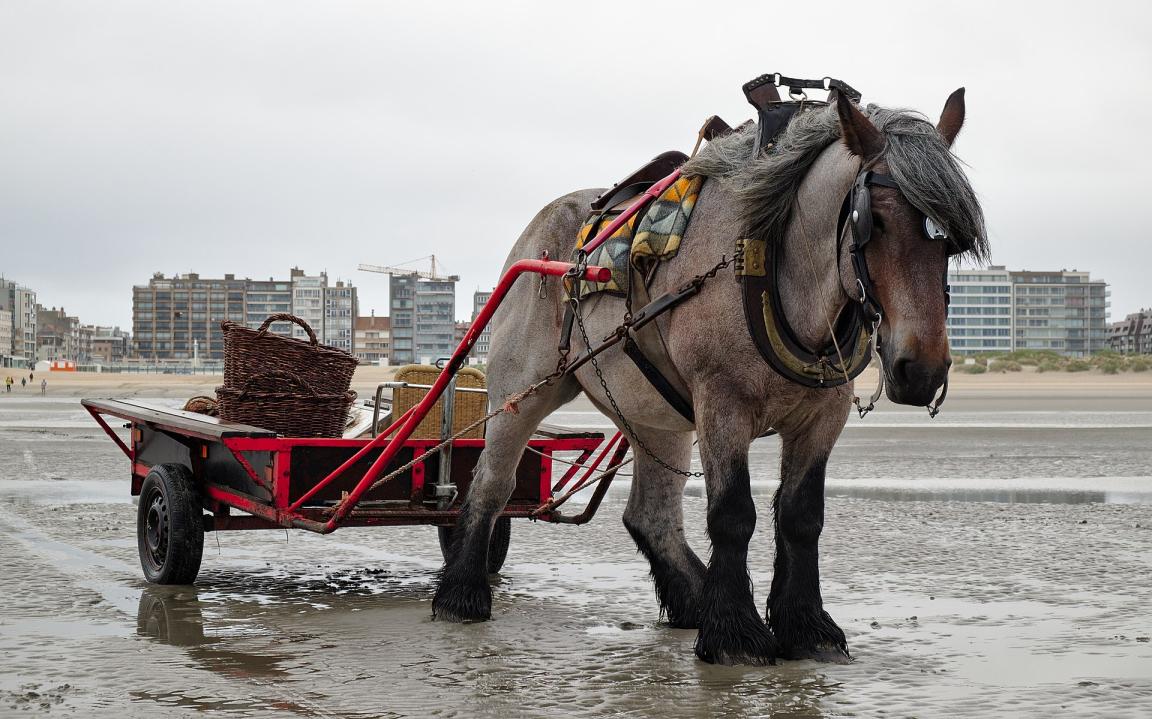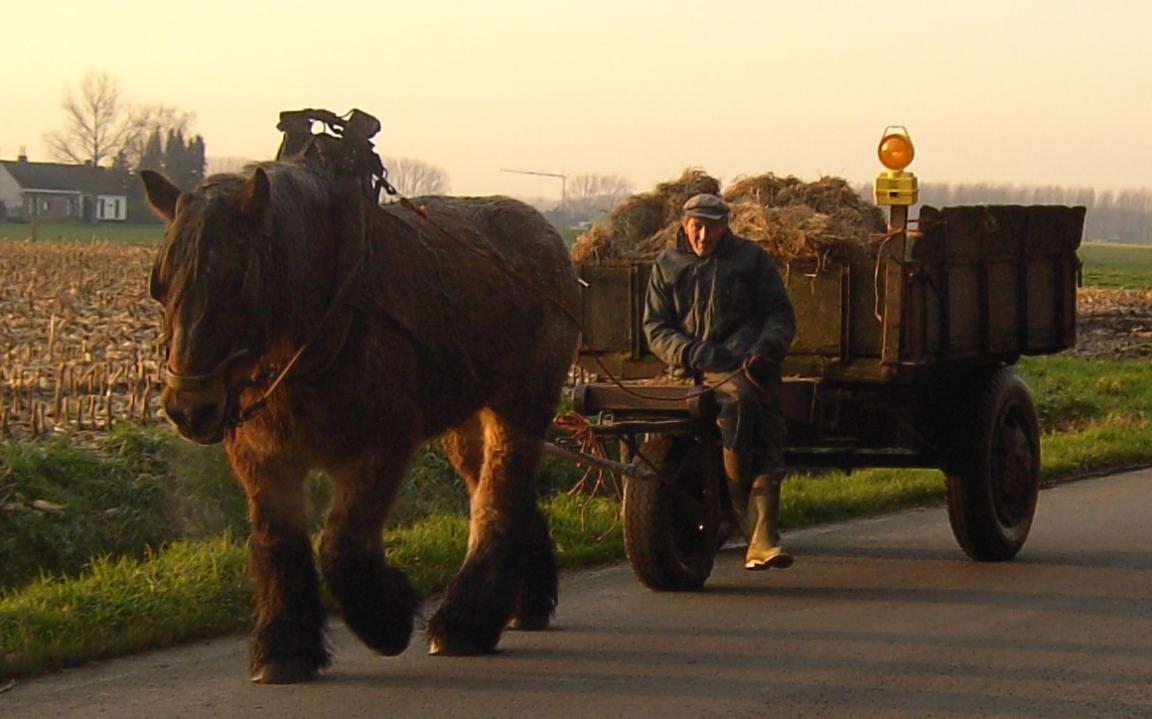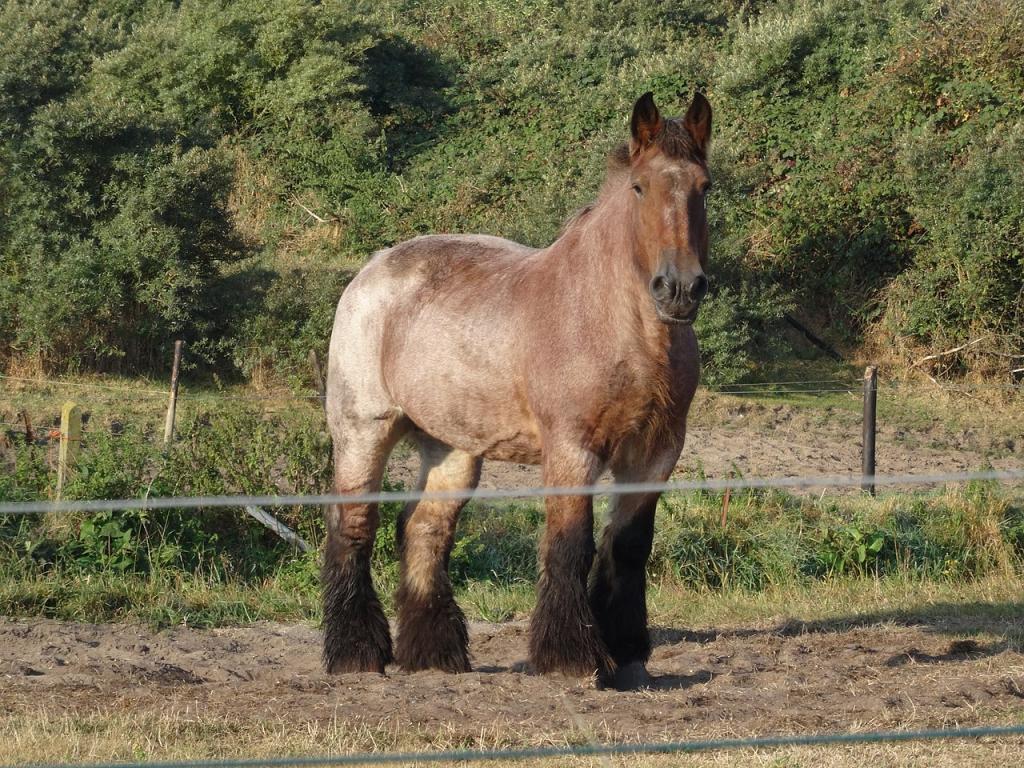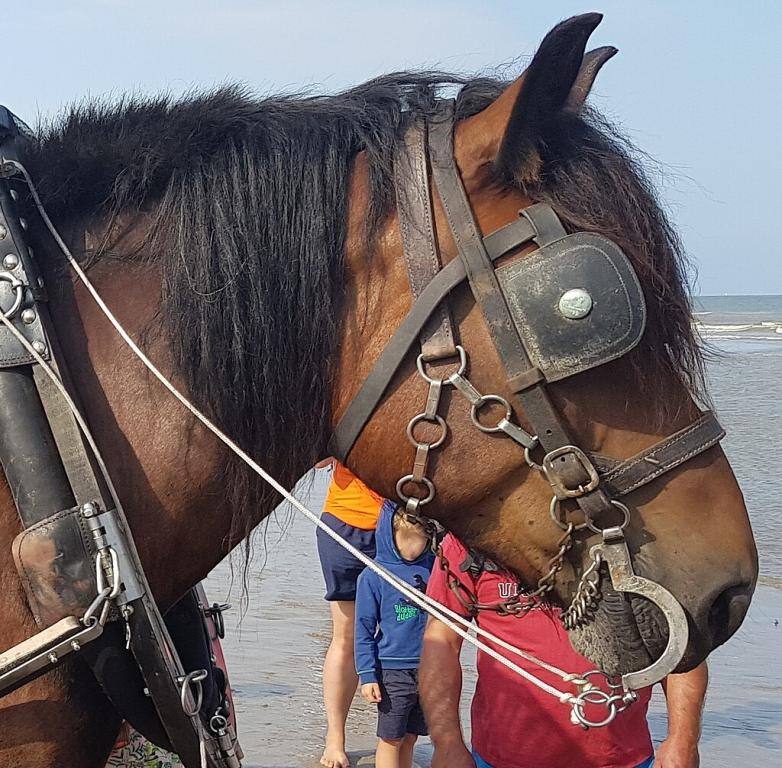
Continent: Europe
Country: Belgium
Weight: 850 – 1100 kg
Height: 165 – 175 cm




The Belgian Draft Horse, also known as the Brabançon, originates in the heart of Belgium, particularly in the rural regions of Brabant, Wallonia, and Flanders.
A direct descendant of medieval warhorses and old Flemish draft horses, it began to be selectively bred in the 19th century for its remarkable strength, docility, and endurance.
Considered a national emblem in Belgium, it was widely used in agriculture, heavy traction, mining, and the brewing industry. The stud-book was created in 1886, then formalized as a Royal Association in 1919.
This breed forms the foundation of many other heavy draft horse breeds around the world.
The Belgian Draft Horse is primarily bred in Belgium, especially in the provinces of Walloon Brabant, Hainaut, Namur, and East Flanders — regions historically associated with the breeding of heavy draft horses.
Wallonia remains a major stronghold, thanks in part to the dedication of passionate breeders in rural farming and forestry areas. Flanders, particularly East and West Flanders, also plays an active role in maintaining the breed.
Outside of Belgium, breeding programs are found in many countries, including:
- France (particularly in the north and east),
- Germany,
- The Netherlands,
- The United States (where the breed is known as the Belgian Draft),
- Canada.
These foreign breeding populations often descend from historic exports of the Brabançon lineage, originally used for agricultural traction or to create local draft breeds.
The Belgian Draft Horse holds a major genetic significance among heavy draft breeds on a global scale.
It is considered the foundational breed for many European and American draft horses, thanks to its exceptional ability to transmit power, robustness, and docility.
Its morphological and functional qualities have made it a natural improver, often used to reinforce bone structure, musculature, and temperament in other bloodlines.
Its descendants gave rise to the American Belgian Draft, and contributed to the development of the Russian Heavy Draft, the Auxois, and the modern Comtois.
Its genetic heritage is prized for its early maturity, fertility, and longevity, making it a valuable resource for breeding and conservation programs.
Ancient Origins and Flemish Roots:
The Belgian Draft Horse traces its roots back to the medieval war horses used by knights in armor. Over time, these powerful horses evolved into Flemish draft horses, bred in the fertile plains of Brabant and surrounding regions. As early as the Middle Ages, these horses were renowned for their strength, endurance, and calm temperament.
19th Century: Birth of a Modern Breed :
In the 19th century, amidst the rise of industrialization and intensive farming, the demand for draft horses increased. Belgian breeders began selecting the most robust bloodlines, crossing local horses with other heavy European types. This led to the emergence of the “Brabançon” type, initially known by that name before the official creation of the Belgian Draft breed.
Studbook Creation and Official Recognition :
The studbook for the Belgian Draft Horse was established in 1886, and later formalized in 1919 with the creation of the Royal Association of the Belgian Draft Horse (ARCTB). From that point on, the breed was officially recognized, with a strict standard based on strength, muscle mass, morphological balance, and docility.
Name Origins and Terminology
The name “Trait Belge” (Belgian Draft) is now the official term for the breed. However, it has long also been referred to as “Brabançon”, a reference to its geographical origin in Brabant.
In Dutch, the breed is known as Belgisch Trekpaard.
In English, several variations are used:
- Belgian Draught
- Belgian Draft
- Belgian Heavy Draft (often referring to the exported Brabançon line)
The monograph by Hynderick de Theulegoet (1911) already notes the coexistence of the terms “Trait Belge” and “Brabançon”, which were considered synonymous, even though the name “Brabançon” predates the formalization of the breed.
Golden Age and Worldwide Expansion:
From the early 20th century until the 1950s, the Belgian Draft Horse experienced a golden age. It was widely used across Belgium for farming, urban hauling (notably in breweries), forestry, and even in mines.
It was extensively exported to the United States and Canada, where it gave rise to a locally adapted version: the Belgian Heavy Draft, which remains one of the most common draft horses in North America.
Decline and Revival :
With the mechanization of agriculture, the breed’s population sharply declined during the 1960s to 1980s. However, conservation programs helped ensure its survival. The Belgian Draft Horse has since regained popularity, especially in eco-grazing, modern draft work, and presentation competitions that highlight its elegance.
Genetic Legacy and Future :
The Belgian Draft Horse is considered the “mother breed” of many other heavy draft horse lines worldwide. Its genetic heritage passed on to breeds such as the modern Comtois, the Russian Draft, and the American Belgian makes it a strategic resource for the future of heavy horse breeding.
The Belgian Draft Horse is renowned for its exceptionally calm and balanced temperament.
Naturally docile, it is easy to handle and train, even by people with limited experience. This composed nature makes it a reliable horse, ideally suited for agricultural or forestry work that requires patience, strength, and close cooperation with humans.
Despite its imposing build, it is gentle, kind, and affectionate, particularly with children and visitors in tourist or educational settings. It shows great tolerance to external stimuli, making it well-adapted to noisy or urban environments.
The breed is also valued for its strong work ethic: the Belgian Draft Horse is willing to work, committed to tasks, and maintains good energy levels while staying calm and focused. It is a draft horse that combines quiet strength, intelligence, and reliability.
The Belgian Draft Horse has seen a renewed interest in recent years, driven by the promotion of heritage breeds, the rise of sustainable agriculture, and the search for mechanical alternatives in sensitive environments (such as forests, vineyards, and urban areas).
Belgian breeders, supported by the Royal Association of the Belgian Draft Horse (ARCTB), apply rigorous selection criteria to preserve limb soundness, docility, and muscle power, while also maintaining genetic diversity. In addition, genetic conservation programs have been strengthened to avoid inbreeding risks.
At the same time, new uses for the breed are emerging:
- in eco-friendly logging operations,
- in sporting demonstrations and pulling competitions,
- for mare’s milk production,
- and as a leisure driving horse, appreciated for its presence and reliability.
Internationally, the demand for horses of Brabançon lineage (often known as the Belgian Heavy Draft) remains strong, particularly in North America.
The Belgian Draft Horse is therefore likely to continue playing a key role in the revitalization of other draft bloodlines and in the promotion of modern working horses.
The Belgian Draft Horse is generally robust, with good longevity and a natural resistance to harsh weather conditions. However, like many heavy draft breeds, it may be prone to certain genetic conditions or size-related disorders.
Common health concerns include:
- Polysaccharide Storage Myopathy Type 1 (PSSM1): a hereditary muscle disease affecting glycogen metabolism. A genetic test is now available to identify carriers and exclude at-risk breeding horses.
- Chronic Progressive Lymphedema (CPL): a skin disorder mainly affecting the lower limbs, linked to poor lymphatic circulation, and sometimes worsened by the presence of abundant feathering.
- Obesity or laminitis: due to overfeeding or prolonged inactivity, the breed may develop metabolic disorders, particularly affecting the hooves.
- Joint or tendon issues: due to the horse’s significant body mass, especially when overworked without proper conditioning.
Prevention & care:
A balanced diet, regular veterinary monitoring, well-ventilated living spaces, and meticulous leg hygiene help reduce most health risks. The Belgian stud-book promotes responsible genetic selection, especially concerning PSSM1 and limb conformation defects.
A natural four-beat gait, slow, regular, and energetic. In the Belgian Draft, the walk is wide, powerful, and rhythmic, with strong impulsion from the hindquarters, expressing both balance and calm strength.
A two-beat diagonal gait (left front + right hind, and vice versa). The Belgian Draft displays a powerful, elevated trot, with long strides and good suspension, often quite spectacular in show presentations.
A three-beat gait, less commonly used in draft horses but still present. The Belgian Draft’s canter is surprisingly smooth and ample for such a large horse, showing good coordination and balance.
Born on 04/01/1949
Belgian national champion in 1951, Wallon de Libenne was one of the most iconic representatives of the traditional Brabançon type. This powerful stallion was acclaimed for his ideal conformation, remarkable docility, and his major role in the genetic improvement of the breed during the 1950s. He left behind a highly sought-after bloodline among both Belgian and international breeders.
Born on 01/01/1957
Belgian national champion in 1961, this famous Brabançon-type mare was renowned for her balanced conformation, strength, and great gentleness. She stood out for her noble head carriage and ideal hindquarters.
Born on 01/01/1982
Well-known stallion of the 1980s–1990s, Ider van ‘t Roetaert played a key role in the modernization of the Brabançon model while maintaining the breed’s hallmark powerful build. He was highly sought after as a sire in Belgium and the Netherlands.
Born on 01/01/2004
Champion in multiple pulling and driving competitions in Belgium and France during the 2000s. He represents the perfect combination of strength, gentleness, and the modern versatility of the Belgian Draft Horse.
Born on 01/01/2013
Belgian national champion in 2017, widely appreciated for his exceptional musculature and exemplary temperament. He was used to improve limb conformation in several breeding lines.

The Belgian Draft Horse was born from the mixing of heavy horses from the region of the Netherlands, which is now central Belgium. There was the Colosse de la Méhaigne, from the Namur region, the Gris de Nivelles, from the province of Walloon Brabant, the Gris du Hainaut, from the region of the same name, and the Gros de la Dendre, named after the river in former East Flanders.